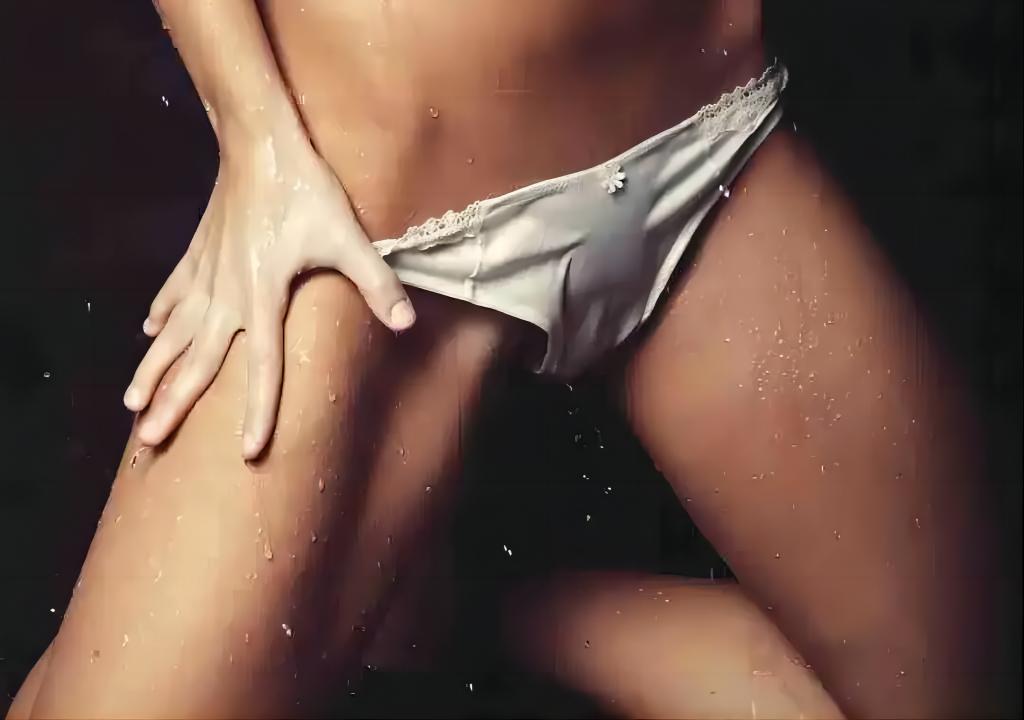Female ejaculation, often known as “squirting,” has captivated and sparked debates for centuries. Many argue that it is simply diluted urine, while others believe it to be a separate sexual fluid with unique properties.
In this article, we’ll delve into existing scientific research about female ejaculation, with the goal of dispelling misconceptions regarding the nature of squirt.
Deciphering the Fluids
Squirt is typically described as a clear, odorless, tasteless fluid that contains PSA (a marker for female ejaculate), whereas urine is recognized by its yellow hue, strong smell, bitter taste, and lack of PSA. Their chemical structures set them apart; squirt is almost entirely water with minimal traces of urine-related chemicals, while the composition of urine ranges from roughly 90% water to nearly 10% urinary chemicals.

The Research Discrepancy
Many arguments are anchored in studies asserting that female ejaculation and urine share identical chemical compositions. However, contradictory research only heightens the debate. Findings by researchers like Addiego and Schubach have demonstrated significant reductions in urinary chemicals during female ejaculation, bolstering the argument that squirt is distinct from urine.
In particular, Schubach’s study highlighted remarkable reductions in urinary chemicals in women who experience squirting, such as an 86% reduction in urea and an 89% decrease in creatinine. This implies that true squirt is primarily water, with only slight traces of urinary chemicals, making it virtually indistinguishable from natural water.
Hydration and Squirting
Hydration is key to understanding the nature of squirt. Even if a woman were to hydrate excessively before arousal and ejaculation, the resulting fluid would likely be purer, with greater water content and virtually no urinary chemicals, reinforcing the notion that true squirt is distinct, originating from sexual arousal and climax.

Terminology vs. Reality
Although some studies categorize squirt as “diluted urine,” this phrase can be misleading when viewed practically. In common parlance, classifying a fluid that is over 99% water with trace urinary chemicals as “urine” does not correlate with the sensory experience or consequences associated with actual urine.
In conclusion, those who adamantly claim “squirt is pee” may need to rethink their position. By their flawed logic, tap water could be considered “pee” as well. As made evident by the studies discussed in this article, squirt is an extraordinary phenomenon, bearing more resemblance to tap water than urine.








